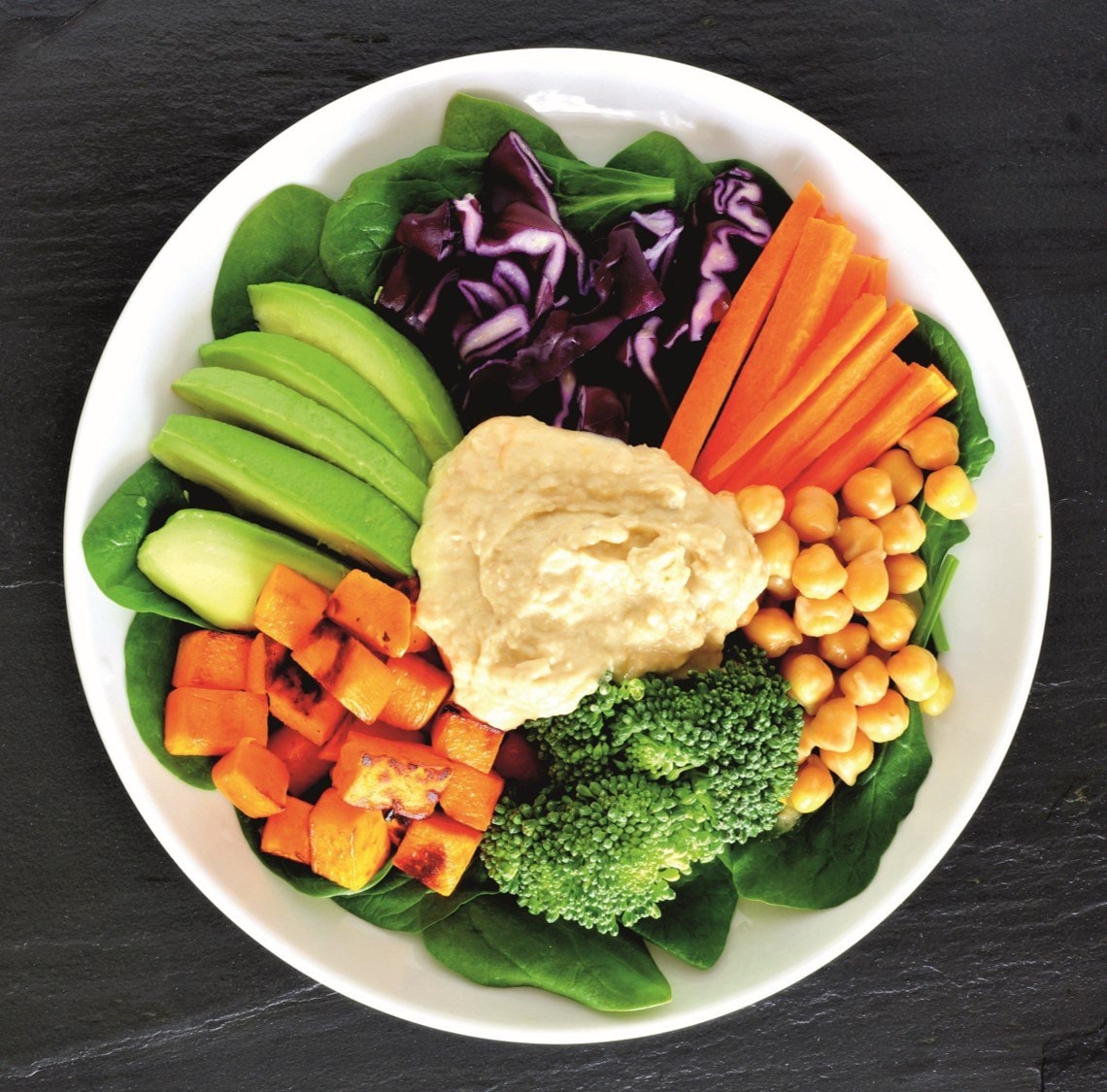Application Note – Peroxidase in Vegetables
Visual determination after conversion of a specific substrate

Peroxidases are found in almost all vegetables. The activity of these enzymes can be an indicator of the vegetable quality as it normally increases during ripening. Also, the peroxidase activity is decreased during blanching, a standard processing of vegetables prior to freezing.1
The following application note describes the determination of the peroxidase activity in vegetables using the MQuant® Peroxidase test strips.
Experimental conditions for peroxidase measurement in vegetables with MQuant® peroxidase tests
Method
Under the catalytic effect of peroxidase, an organic redox indicator is converted into a blue compound. The visual comparison of the reaction zone of the test strip with the fields of a color scale shows whether there is any peroxidase activity present (+, ++) or not (-).
Measuring Range
Yes-/No-result
As a rule, every blue discoloration of the reaction zone is caused by peroxidase activity.
Sample Material
Various vegetables (e.g. carrots, potatoes, string beans, red cabbage)
Reagents
MQuant® Peroxidase Test (Product No. 117828)
Potassium dihydrogen phosphate for analysis (Product No. 104873)
di-Sodium hydrogen phosphate dihydrate for analysis (Product No. 106580)
Water for analysis or distilled water (Product No. 116754)
Sodium hydroxide solution 1 mol/l (Product No. 109137)
Hydrochloric acid 1 mol/l (Product No. 109057)
Materials
Thermometer
pH meter
Blender (e.g. ULTRA-TURRAX®)
Folded filter
Analytical approach to identify hydrogen peroxidase in vegetables
Preparation of the extraction solution – 20 mmol/l phosphate buffer pH 6.8 (±0.1):
Place 1.95 g of potassium dihydrogen phosphate for analysis and 1.01 g of di-sodium hydrogen phosphate dehydrate for analysis, accurately weighed, into a 1000-ml glass beaker and dissolve in about 900 ml of water for analysis. Check the pH of the solution and adjust, if necessary, with hydrochloric acid or sodium hydroxide solution. Subsequently transfer this solution to a 1000-ml volumetric flask and make up to the mark with water for analysis.
Sample Preparation
Chop the vegetables in a blender. Place 20 g of chopped vegetables into a 250-ml glass beaker, add about 70 ml of extraction solution and homogenize. Care must be taken that the temperature does not exceed 40 °C. Subsequently filter off through a folded filter. Use the filtrate for the analysis.
Measurement
Determine with the above-mentioned test kit.
- Inject 1 ml of sample (20 - 25 °C) with the syringe into the test vessel.
- Add with pipette 4 ml of distilled water (20 - 25 °C) and mix.
- Add 5 drops of reagent POD-1 and swirl.
- Immerse the reaction zone of the test strip in the measurement sample for 1 sec.
- Immediately allow excess liquid to run off via the long edge of the strip onto an absorbent paper towel and after 1 min determine with which color field on the label the color of the reaction zone coincides.
- Read off the result (please refer to the package insert of the MQuant® Peroxidase Test).
- The visual comparison of the reaction zone of the test strip with the fields of the color scale shows whether there is any peroxidase activity present (+, ++) or not (-).
The color fields serve merely as a rough orientation. As a rule, every blue discoloration of the reaction zone is caused by peroxidase activity.
Note: The different values between fresh and frozen vegetables result of the food technology process to blanch vegetables before freezing. Therefore, peroxidase in frozen vegetables is deactivated. Because of that it is possible to differ fresh vegetables from blanched ones or to verify the blanch process.
Results
The peroxidase activity of the following vegetables was determined using the MQuant® test strips:
Conclusion
The MQuant® Peroxidase test strip is a quick and easy way to analyze the peroxidase values in vegetables and therefore allow to determine the quality and differ between fresh and frozen vegetables.
More Information
- MQuant® Test Strips
- Applications
References
Para continuar lendo, faça login ou crie uma conta.
Ainda não tem uma conta?